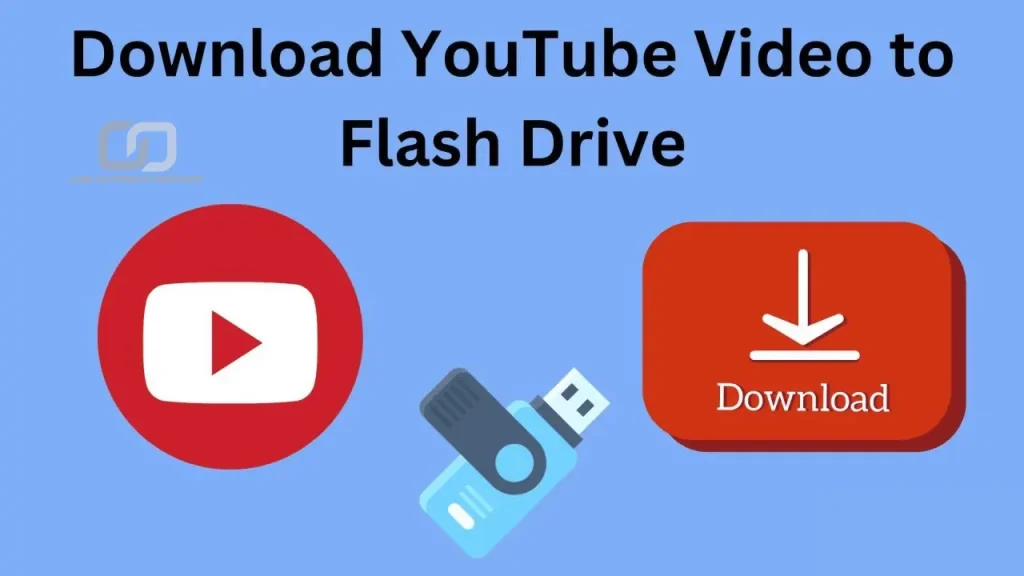Saving YouTube videos to a flash drive can be useful for many reasons. It allows you to store videos offline, so you don’t need an internet connection to watch them. This is especially helpful when traveling or in areas with poor internet service. A flash drive provides easy access to videos without using up your device’s storage.
Another reason to save videos is to create backups. Flash drives are portable and can store a lot of data. You can keep your favorite videos safe in case something happens to your device. Plus, you can easily share the videos with others by plugging the flash drive into another device.
Table of Contents
Preparing for the Download
Before downloading a YouTube video to a flash drive, make sure your flash drive has enough space to store the video. Check its available storage by plugging it into your computer. If the space is low, you may need to delete unnecessary files or use a larger flash drive. This ensures that your video will fit without any issues.
Next, you need a YouTube video downloader. There are many free and paid options available online. Make sure to choose a downloader that is safe and works well with your device. Some downloaders may even let you choose the video quality before downloading, so pick the best one for your needs.
Additionally, ensure your internet connection is stable. A good internet connection will help you avoid interruptions while downloading the video. It will also speed up the process, saving you time. Once everything is in place, you are ready to download the video and transfer it to your flash drive.
Choosing a YouTube Video Downloader
Safety and Reliability
When choosing a YouTube video downloader, prioritize safety and reliability. Some free downloaders may contain malware, unwanted toolbars, or pop-up ads. To avoid these risks, stick to trusted websites or well-known software. Read reviews from other users to ensure the tool doesn’t have a history of problems. It’s important to choose a downloader that protects your data and privacy.
Compatibility
Ensure the downloader works well with your device. Check if it supports your operating system, whether you use Windows, Mac, or even mobile devices. Some downloaders offer browser extensions, making it quicker and easier to download videos directly from YouTube. Additionally, verify if it lets you choose the video quality and format, as this will help you get the best video for your needs.
Speed and Features
Consider how fast the downloader is. Some tools provide faster download speeds, allowing you to save time, especially if you’re downloading large files. Look for downloaders that support batch downloading, so you can grab multiple videos at once. Features like video conversion or playlist downloading might also come in handy depending on your needs.
User Interface
An easy-to-use interface is another factor to think about. Some downloaders offer a simple, clean design that makes it easy to download videos with just a few clicks. Look for one that’s user-friendly, so you don’t waste time figuring out how to use it. The simpler the process, the quicker you can start saving videos to your flash drive.
Downloading the Video
Selecting the Video
Once you’ve chosen your YouTube video downloader, the first step is to select the video you want to download. Open YouTube and find the video you wish to save. Copy the URL of the video from the browser’s address bar. Make sure the video is available for download, as some YouTube videos may be restricted from downloading due to copyright issues.
Choosing Video Quality and Format
Next, paste the video URL into the downloader. Many downloaders allow you to choose the video quality and format before you start the download. Select the quality that best suits your needs higher quality means better viewing but larger file sizes. You can also choose between formats like MP4, AVI, or FLV, depending on what’s compatible with your flash drive.
Starting the Download
Once you’ve made your selections, click on the download button. The downloader will begin saving the video to your computer. The time it takes will depend on your internet speed and the size of the video. Once the download is complete, the video will be ready to transfer to your flash drive.
Verifying the Download
After the video is downloaded, check the file to make sure it’s working properly. Open the video on your computer to ensure there were no issues during the download process. If everything looks good, you’re ready to move the video to your flash drive. While saving videos, you might also be interested in exploring how to see if a YouTube channel is monetized to understand creators’ earnings.
Transferring the Video to the Flash Drive
Plugging in the Flash Drive
The first step to transferring your downloaded video is to plug your flash drive into your computer’s USB port. Make sure your flash drive is properly recognized by your computer before you proceed. If it’s not showing up, check the connection or try a different USB port.
Copying the Video to the Flash Drive
Once your flash drive is detected, locate the downloaded video on your computer. Right-click on the file and select “Copy.” Then, navigate to the flash drive’s folder on your computer and right-click inside the folder. Select “Paste” to transfer the video. Depending on the file size, this may take a few seconds to a couple of minutes.
Ejecting the Flash Drive Safely
After the video has been copied, make sure to eject the flash drive safely to avoid data corruption. On Windows, right-click the flash drive icon and select “Eject.” On Mac, drag the flash drive icon to the trash or use the eject button. Once the computer indicates that it’s safe to remove, you can unplug the flash drive.
Ensuring Proper Video Format
Checking the Video Format
Before transferring the video to your flash drive, it’s important to ensure that the video is in a compatible format. Most flash drives support common formats like MP4, AVI, and MOV. Check the video file extension to verify the format. If the file isn’t in a suitable format for your device or flash drive, you may need to convert it.
Converting the Video Format
If the video is not in a compatible format, you can use a video conversion tool to change it. There are free tools available online that allow you to convert videos to MP4 or other common formats. Make sure to choose a tool that is safe and user-friendly. After converting the video, you can proceed with transferring it to your flash drive.
Testing the Video
Once the video is in the correct format, test it on your computer to ensure it plays correctly. If the video works fine on your computer, it should also work when played from the flash drive. This step helps avoid playback issues later on when you access the video from other devices.
Formatting the Flash Drive
In some cases, your flash drive may need to be reformatted to support certain video file types. If you encounter issues with transferring the video, consider reformatting the drive to a file system like FAT32 or exFAT, which are widely compatible with various devices. Be sure to back up any important files on the drive before reformatting.
Conclusion
Saving YouTube videos to a flash drive is a simple and practical way to store and access your favorite content offline. With the right tools and a little preparation, you can easily download and transfer videos. Make sure your flash drive has enough space and is compatible with the video format you choose.
By following the steps in this guide, you can enjoy videos anytime, without relying on an internet connection. Just remember to always use safe downloaders and check your video’s format to ensure it works smoothly on your flash drive.


